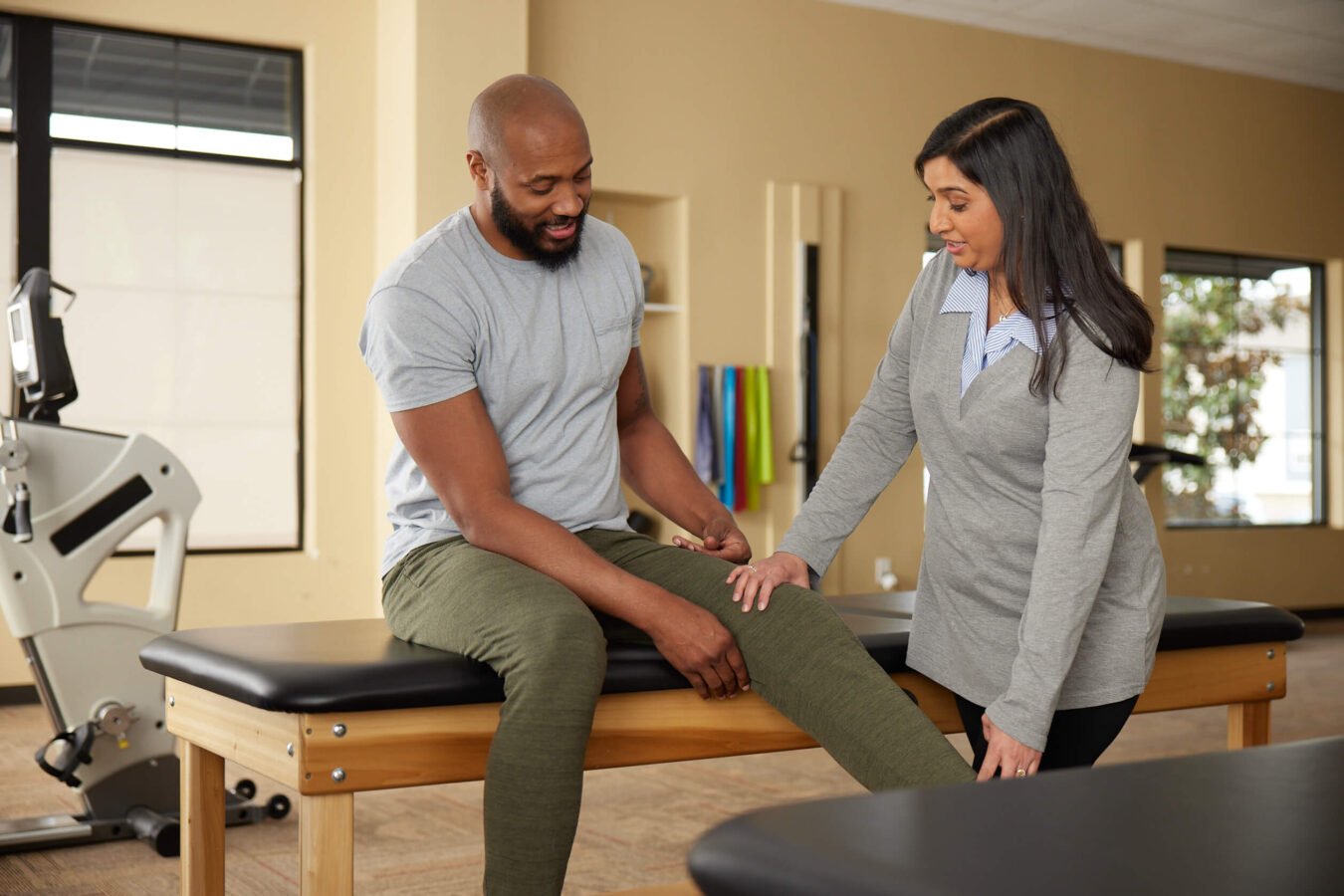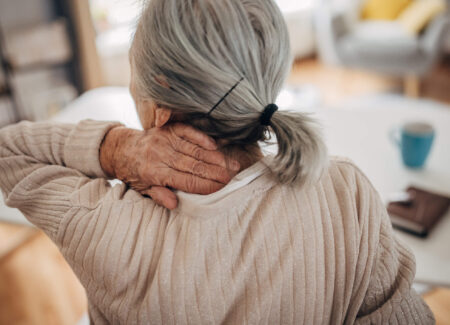
Medically reviewed by Misty Seidenburg
If you experience significant joint pain and problems with mobility, and medical treatments aren’t working, you may be a candidate for joint replacement. With physical therapy before (prehab) and after your procedure (post-surgical), you can feel and move better than you ever imagined.
Keep reading to learn how joint replacement physical therapy can improve your outcomes and your quality of life.
Joints can be damaged by injury and disease. There are exercises, minor procedures, and other treatments that can help ease pain and increase function and mobility. But for some people, these options only work for so long.
Once joint symptoms that are correlated with osteoarthritis have progressed to the point that nonsurgical treatments aren’t helping, your healthcare provider may recommend joint replacement.
Total joint replacement is a surgical procedure where the arthritic joint is removed and replaced with a prosthetic device made of plastic, metal, or ceramic. This device replicates all of the functions of the original joint.
Yes. Total joint replacements are very common. An estimated 790,000 knee replacements and 450,000 hip replacements are performed every year in the U.S. Wrist, elbow, ankle, and shoulder joint replacements are not as common, but they are still available to patients who may benefit from these procedures.
Patients are often surprised to learn that physical therapy before surgery is just as important as it is after total joint replacement.
Think of getting ready for total joint replacement like preparing for a marathon. The more you prepare the body for surgery (or a big race), the better your outcome will be on the other side.
Preoperative rehabilitation (prehab) improves strength and function in the affected joint and throughout the body to increase your likelihood of good results.
One key study found that nearly 80% of patients who did not have physical therapy before joint replacement required post-acute care in a skilled nursing facility, inpatient rehab, or with a home health agency.
Physical therapy prior to surgery reduced the need for post-acute therapy by 29%. Those patients got to go home and continue joint replacement therapy in an outpatient setting.
Another study also found that patients who participated in preoperative physical therapy had less pain and better function immediately after and up to six months after total knee replacement (TKR.)
Let’s use the example of a TKR. Physical therapy exercises strengthen your knee structures and improve range of motion—even if the joint is compromised by injury, disease, or overuse. Aerobic exercise also helps to offload the joints and prepares the cardiovascular system and leg muscles for surgery.
Your physical therapist understands you may have considerable knee pain. We listen and follow your lead, always working in accordance with your ability and comfort level. Safe, supervised stretching and strengthening of the affected joint, the upper body, and the surrounding muscles are prehab’s top goals.
We accomplish these goals with gentle exercise like stationary biking, walking, and aquatic therapy. Physical therapy also includes techniques and treatments to improve range of motion, improve circulation, and reduce swelling.
It’s also beneficial to connect with a physical therapist you know and trust before your procedure, so you can feel more confident and comfortable returning to therapy after surgery. Think of your physical therapist as your partner in this journey to regain your active lifestyle and independence.
After total joint replacement, a physical therapist may visit you in the hospital to help you sit up, get out of bed, and start to walk. Generally, patients use a standard or wheeled walker to take those first steps. Patients either go home that same day, or they may be discharged to a skilled nursing facility for acute care.
From there, your physical therapist introduces exercises to increase range of motion safely and gradually. Again, we’ll stick with the example of total knee replacement. These exercises focus on bending and straightening the knee, and keeping your ankles and hips moving to make walking easier.
Your physical therapist assists you with navigating everyday tasks during the early stages of your recovery, usually with a cane, walker, or other medical device. Physical therapists also teach practical pain management strategies and tips for reducing swelling as your joint heals.
As your rehabilitation progresses, you will perform more advanced range-of-motion and strength-building exercises. Physical therapy also includes functional training to perform your routine tasks safely and efficiently, and techniques to improve balance and body awareness to prevent falls and reinjury.
The goal is to get you not only back to doing basic tasks, but to be able to do the other things your knee pain limited you from doing such as walking to the grocery store or participating in recreational activities. Your total joint replacement physical therapy program is customized to your individual needs based on the specific procedure you’ve experienced.
If joint pain has become debilitating, and nothing seems to help, joint replacement surgery may be the solution. Joint replacement physical therapy can make a positive difference in your results and your long-term mobility. To learn more, find a physical therapy clinic near you.

